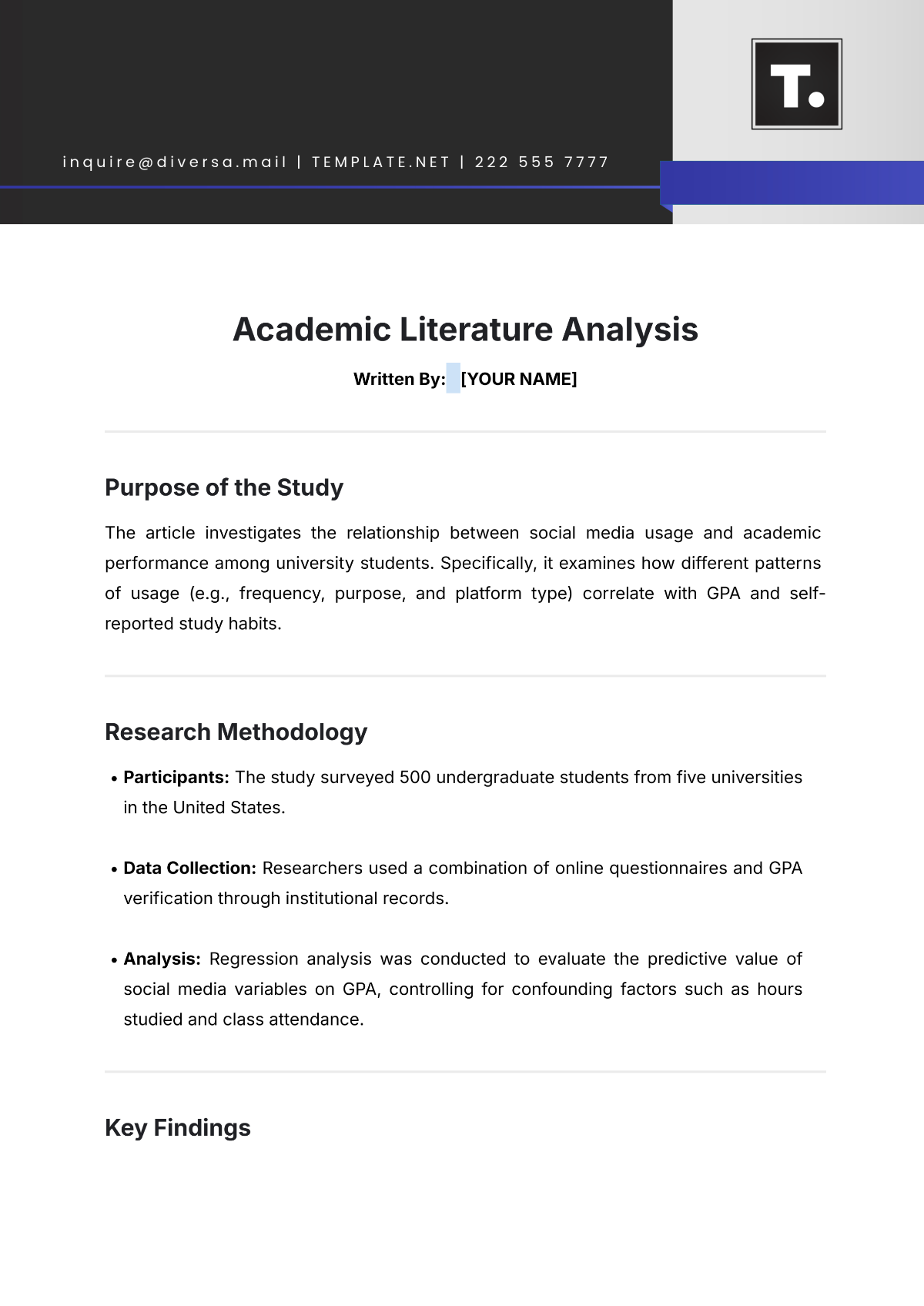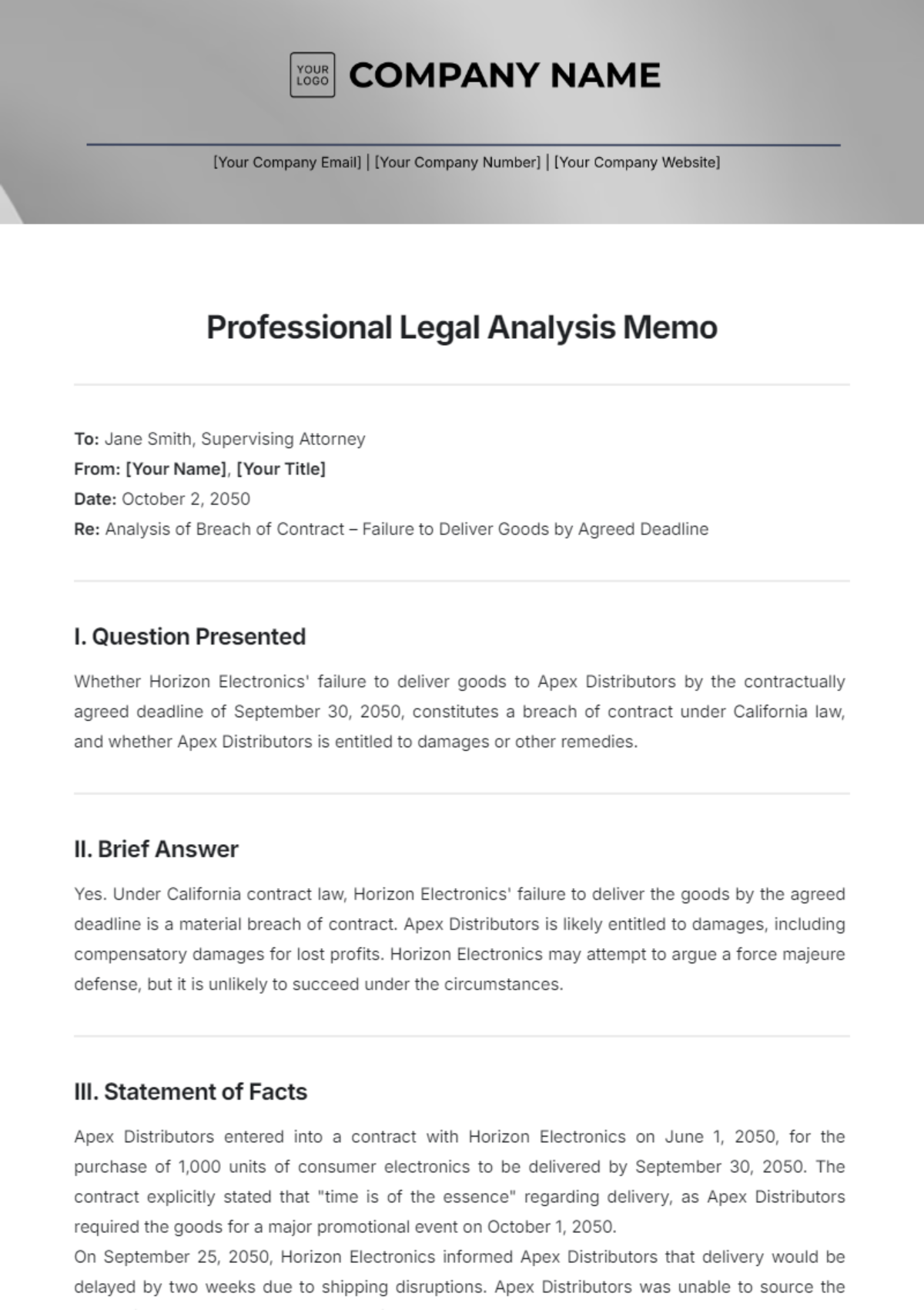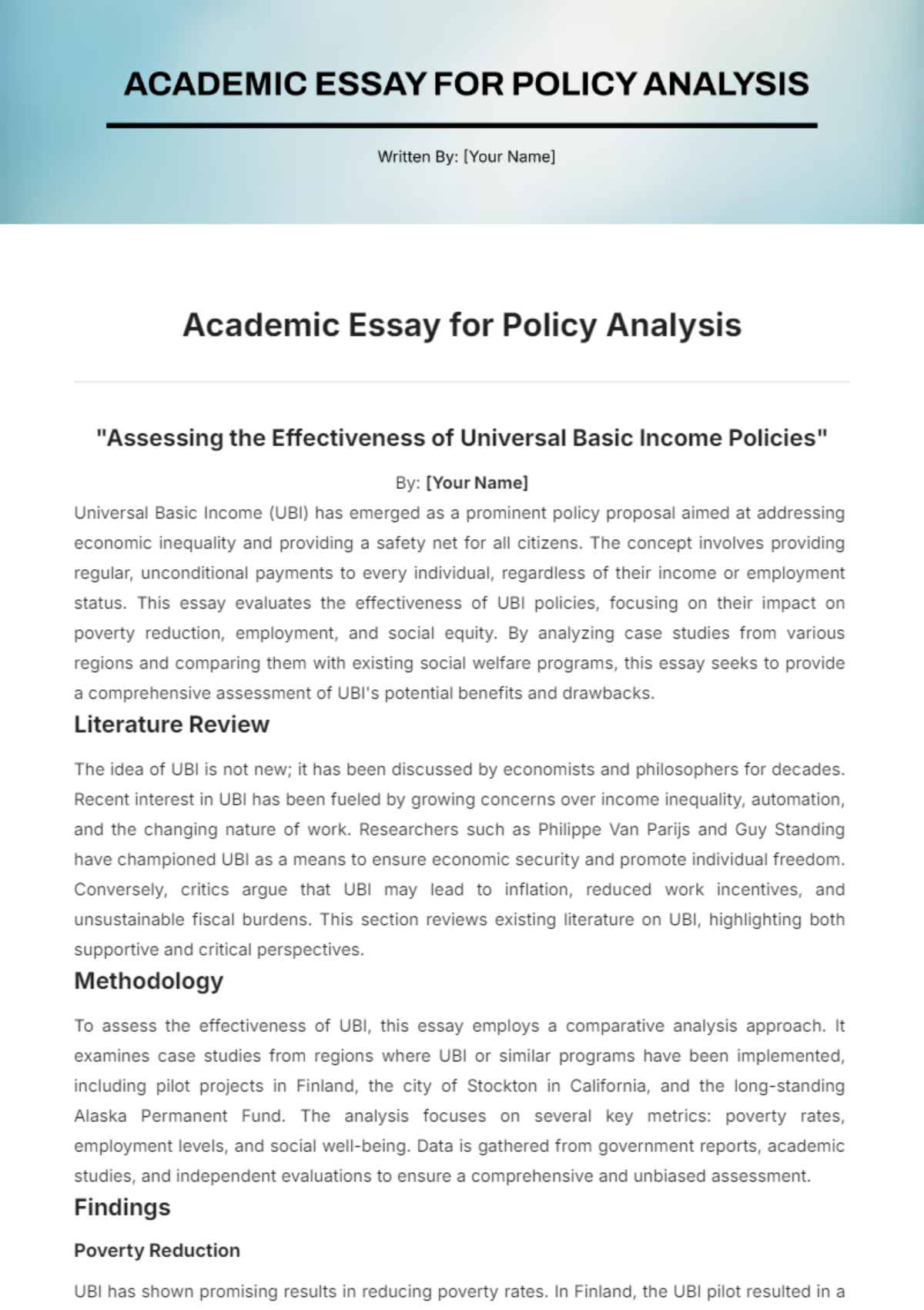Politeness Theory in Discourse Analysis
I. Introduction
Politeness theory is a framework for understanding the ways in which people express politeness and manage face in communication. It is an essential aspect of discourse analysis, as it helps analyze the relational dynamics between speakers and listeners.
II. Key Concepts
A. Face
The perception of oneself that an individual wishes to project and communicate to others in their daily interactions and public appearances.
B. Positive Face
The longing and yearning to receive affection, gain recognition, and be welcomed and embraced by others.
C. Negative Face
The longing to achieve a state of independence and freedom, enabling oneself to exist without any impositions or constraints imposed by others,.
III. Historical Background
The concept of politeness has been studied across various cultures and languages. The most influential work on politeness theory was presented by Penelope Brown and Stephen Levinson in their 1987 book, "Politeness: Some Universals in Language Usage."
IV. Brown and Levinson's Model
Brown and Levinson proposed that politeness strategies are employed to mitigate face-threatening acts (FTAs).
A. Strategy
B. Description
Bald on Record: Direct communication without any effort to minimize threats to the listener's face.
Positive Politeness: Strategies aiming to minimize the threat to the listener's positive face.
Negative Politeness: Strategies designed to mitigate threats to the listener's negative face.
Off-Record: Indirect communication techniques that allow for plausible deniability.
V. Applications in Discourse Analysis
Politeness theory is applied in discourse analysis to examine how individuals manage their interactions and relationships during communication.
A. Conversation Analysis
Politeness strategies are often analyzed in everyday conversations to understand the subtleties of human interaction. Some common aspects include:
Turn-taking and Interruptions
Formality and Informality
Mitigating Requests
B. Cross-Cultural Communication
Politeness varies significantly across different cultures. What is considered polite in one culture might be interpreted as rude in another. Therefore, understanding the cultural context is crucial in discourse analysis.
VI. Conclusion
Politeness theory provides valuable insights into the complex ways people manage face and maintain relationships in communication. By examining politeness strategies through discourse analysis, researchers can better understand the dynamics of human interaction.

















































